Code
HCS26345
Weight
100 gm / 0.22 lbs
Size
Height
62cm (24") Width
46cm (18") Material
Cotton Canvas and Mineral Color
Availability
Available

Safe Payment
We accept Paypal, Money Transfer, Bank Transfer
Confidence
Protection covers your purchase and personal data.
Worldwide Delivery
We ship Worldwide, except Russia.Shipping cost US$25.2 for upto 0.5 kgs

Hotline
Talk to help line for your question on 9841267335Namgyalma : Iconographic
Namgyalma is a deity for long life and purification. Her mantra has infinite benefits. It is said to be so powerful that anybody who hears it will never again be born from the womb. Therefore, if animals hear it, they will never again be reborn in the lower realms. Read More . . .
Namgyalma is a deity for long life and purification. Her mantra has infinite benefits. It is said to be so powerful that anybody who hears it will never again be born from the womb. Therefore, if animals hear it, they will never again be reborn in the lower realms. Read More . . .
White Tara : Brief Introduction
White Tara is a revered figure in Buddhist mythology, often depicted as a compassionate and serene goddess. She embodies peace and emanates loving compassion, bringing grace and dignity to various situations. White Tara's presence encourages the emergence of goodness and positive outcomes in all circumstances. She upholds the Four Measureless States, which include Loving Kindness, Compassion, Sympathetic Joy, and Equanimity, encompassing past, present, and future circumstances. Additionally, White Tara is associated with the bestowing of longevity, symbolizing a long and healthy life. Her essence embodies the ideals of compassion and benevolence, making her a significant figure in Buddhist worship and spiritual practices. Read More . . .
White Tara is a revered figure in Buddhist mythology, often depicted as a compassionate and serene goddess. She embodies peace and emanates loving compassion, bringing grace and dignity to various situations. White Tara's presence encourages the emergence of goodness and positive outcomes in all circumstances. She upholds the Four Measureless States, which include Loving Kindness, Compassion, Sympathetic Joy, and Equanimity, encompassing past, present, and future circumstances. Additionally, White Tara is associated with the bestowing of longevity, symbolizing a long and healthy life. Her essence embodies the ideals of compassion and benevolence, making her a significant figure in Buddhist worship and spiritual practices. Read More . . .
Karma Gadri Art : Karma Gadri Tradition: An introduction
Description inspired from Images of Englitment.
This Custom of Tibetan thangka painting started from the creative ordered trials of the eighth Karmapa, Mikyö Dorje (1507-1554). He was one of the most prestigious Karmapas, a great contemplation ace as well as a productive, and student. Energetic about human expression and an imaginative visionary. He generally urged his devotees to master painting and cheered for this action.
The name Karma Gadri (gar-bris) came from the Karmapa settlements
It was set up when Mikyo Dorje and his company needed to travel. He composed an incredible book on craftsmanship named "the Incomparable Sun Workmanship Manual". It was beneficial for future craftsmen.
This thangka painting custom was likewise kept up within a spot called Karshoma, in eastern Tibet. To this end, the custom is known as Karshöma.
Since the source is from the eighth Karmapa, it is an unadulterated Tibetan way of painting thangka.
Description inspired from Images of Englitment.
This Custom of Tibetan thangka painting started from the creative ordered trials of the eighth Karmapa, Mikyö Dorje (1507-1554). He was one of the most prestigious Karmapas, a great contemplation ace as well as a productive, and student. Energetic about human expression and an imaginative visionary. He generally urged his devotees to master painting and cheered for this action.
The name Karma Gadri (gar-bris) came from the Karmapa settlements
It was set up when Mikyo Dorje and his company needed to travel. He composed an incredible book on craftsmanship named "the Incomparable Sun Workmanship Manual". It was beneficial for future craftsmen.
This thangka painting custom was likewise kept up within a spot called Karshoma, in eastern Tibet. To this end, the custom is known as Karshöma.
Since the source is from the eighth Karmapa, it is an unadulterated Tibetan way of painting thangka.
Introduction to Thangka
A thangka, also known as tangka, thanka, or tanka, is a vibrant and intricate Tibetan Buddhist painting that serves as a visual representation of spiritual teachings. Crafted with meticulous detail on cotton or silk appliqué, thangkas depict a wide range of subjects including Buddhist deities, sacred scenes, mandalas, and narrative stories. These sacred artworks are traditionally kept unframed and rolled up for storage, resembling ancient scrolls. To protect their delicate nature, thangkas are mounted on textile backings and often adorned with a silk cover on the front. Proper preservation in dry environments is crucial to maintain the integrity and longevity of the silk. Read More . . .
A thangka, also known as tangka, thanka, or tanka, is a vibrant and intricate Tibetan Buddhist painting that serves as a visual representation of spiritual teachings. Crafted with meticulous detail on cotton or silk appliqué, thangkas depict a wide range of subjects including Buddhist deities, sacred scenes, mandalas, and narrative stories. These sacred artworks are traditionally kept unframed and rolled up for storage, resembling ancient scrolls. To protect their delicate nature, thangkas are mounted on textile backings and often adorned with a silk cover on the front. Proper preservation in dry environments is crucial to maintain the integrity and longevity of the silk. Read More . . .
Brief Introduction :
Buddha Aparimita is very popular in bestowing long life upon the devotees. It is red in color. His two hands are in dhyana mudra and holds an ambrosia vase. He usually wears all the ornaments of different kinds peculiar to a Sambhogakaya Buddha. He is never depicted with any consort. He wears a crown and has Ushnisha and Urnakosh on his body.
Buddha Aparimita is invoked or worshipped for lengthening the life span or fast relief from dreadful diseases or from mortal danger. In Nepalese Mahayana tradition the dharani of Buddha Aparimita is often recited by the devotees in the presence of dying patients. the recitation of this dharani is said to be efficacious when carried out in utter sincerity. It is said that the famous Madhayamika Buddhist philosopher Arya Nagarjuna had escaped his early death after recitation of this dharani for one complete day and night.
Mantra of Amitayus
ཨོཾ༌ཨཱ༌མ༌ར༌ནི༌ཛི༌ཝན༌ཏེ༌ཡེ༌སྭཱ༌ཧཱ།
Om A Ma Ra Ni Dzi Wan Ti Ye Soha
ओं अमरणि जीवन्तये स्वाहा
Om A Ma Ra Ni Dzi Wan Ti Ye Soha
ओं अमरणि जीवन्तये स्वाहा


![Buddhist [karma Gadri Art], Handmade Thangka Of Aparimita - Amitayus -
Chepame, [hand Painted], Supported By White Tara And Namgyalma, Amitayus, Chepame](https://handicraftseller.com/uploads/pics/product/thumb/2022/09/26345_1.jpg)
![Buddhist [karma Gadri Art], Handmade Thangka Of Aparimita - Amitayus -
Chepame, [hand Painted], Supported By White Tara And Namgyalma, Amitayus, Chepame](https://handicraftseller.com/uploads/pics/product/thumb/2022/09/26345_2.jpg)
![Buddhist [karma Gadri Art], Handmade Thangka Of Aparimita - Amitayus -
Chepame, [hand Painted], Supported By White Tara And Namgyalma, Amitayus, Chepame](https://handicraftseller.com/uploads/pics/product/thumb/2022/09/26345_3.jpg)
![Buddhist [karma Gadri Art], Handmade Thangka Of Aparimita - Amitayus -
Chepame, [hand Painted], Supported By White Tara And Namgyalma, Amitayus, Chepame](https://handicraftseller.com/uploads/pics/product/thumb/2022/09/26345_4.jpg)
![Buddhist [karma Gadri Art], Handmade Thangka Of Aparimita - Amitayus -
Chepame, [hand Painted], Supported By White Tara And Namgyalma, Amitayus, Chepame](https://handicraftseller.com/uploads/pics/product/thumb/2022/09/26345_5.jpg)
![Buddhist [karma Gadri Art], Handmade Thangka Of Aparimita - Amitayus -
Chepame, [hand Painted], Supported By White Tara And Namgyalma, Amitayus, Chepame](https://handicraftseller.com/uploads/pics/product/thumb/2022/09/26345.jpg)
![Buddhist [karma Gadri Art], Handmade Thangka Of Aparimita - Amitayus -
Chepame, [hand Painted], Supported By White Tara And Namgyalma, Amitayus, Chepame](https://handicraftseller.com/uploads/pics/product/thumb/2022/09/26345_0.jpg)
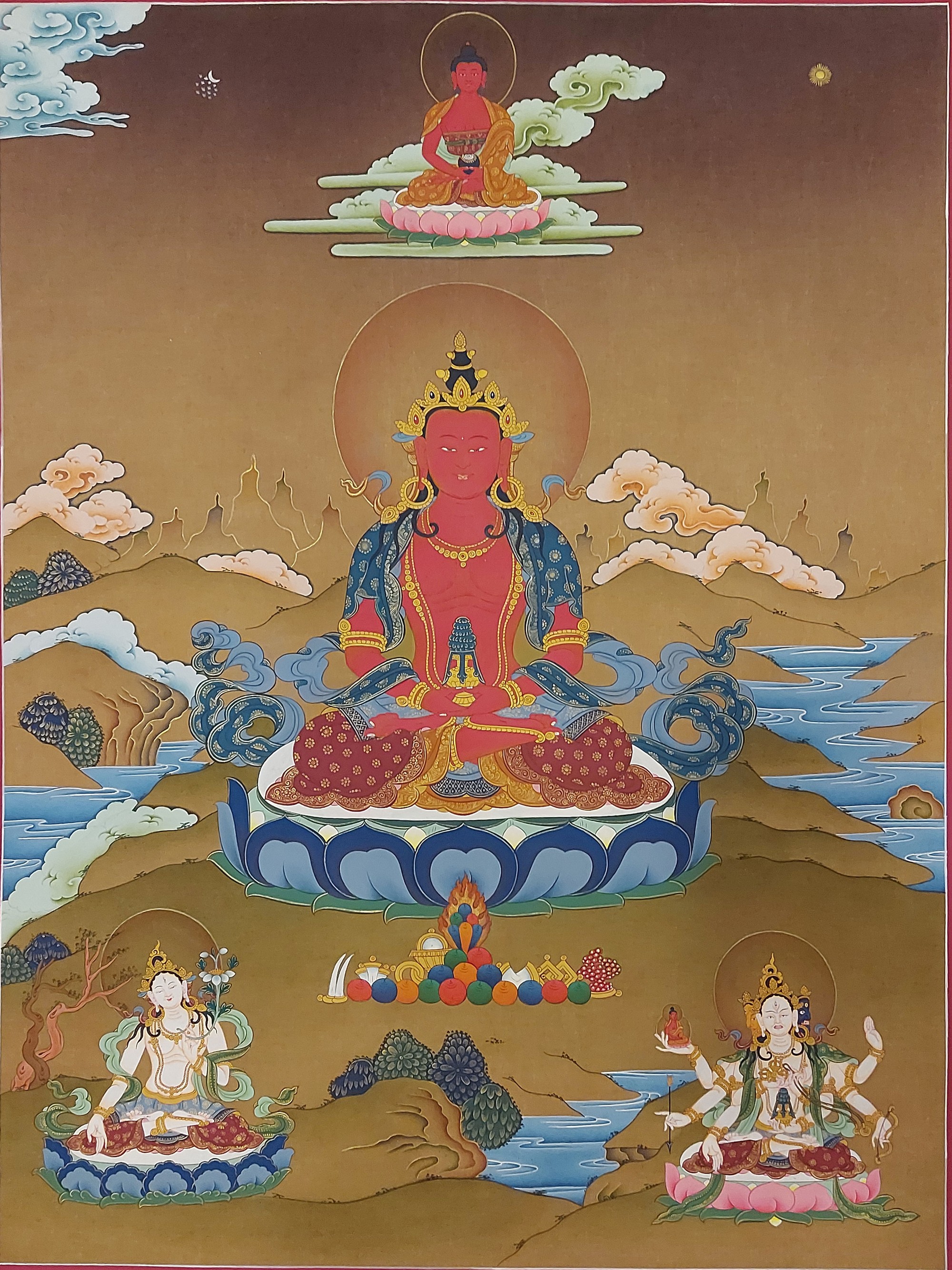









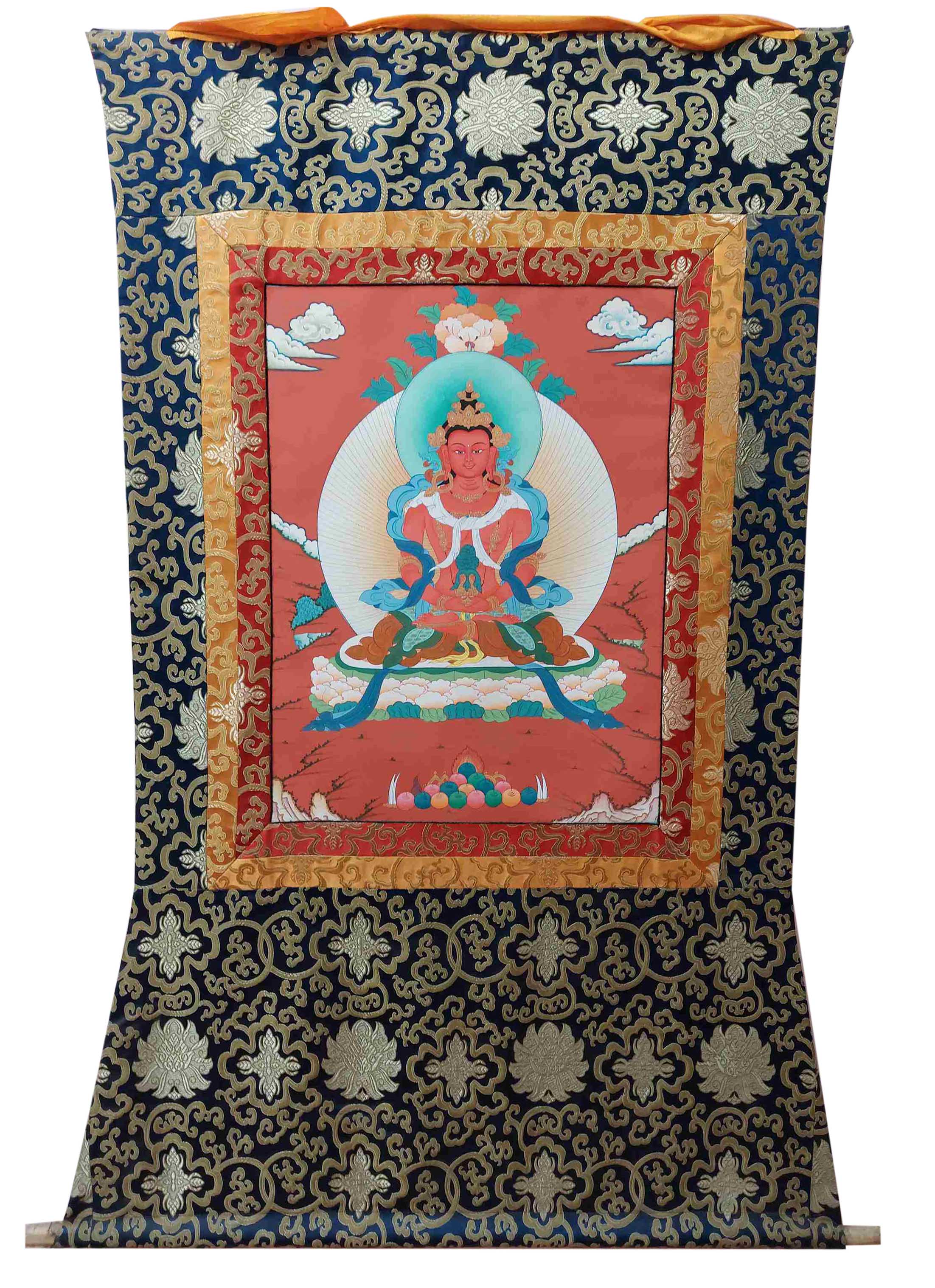 of Aparimita, Amitayus
of Aparimita, Amitayus 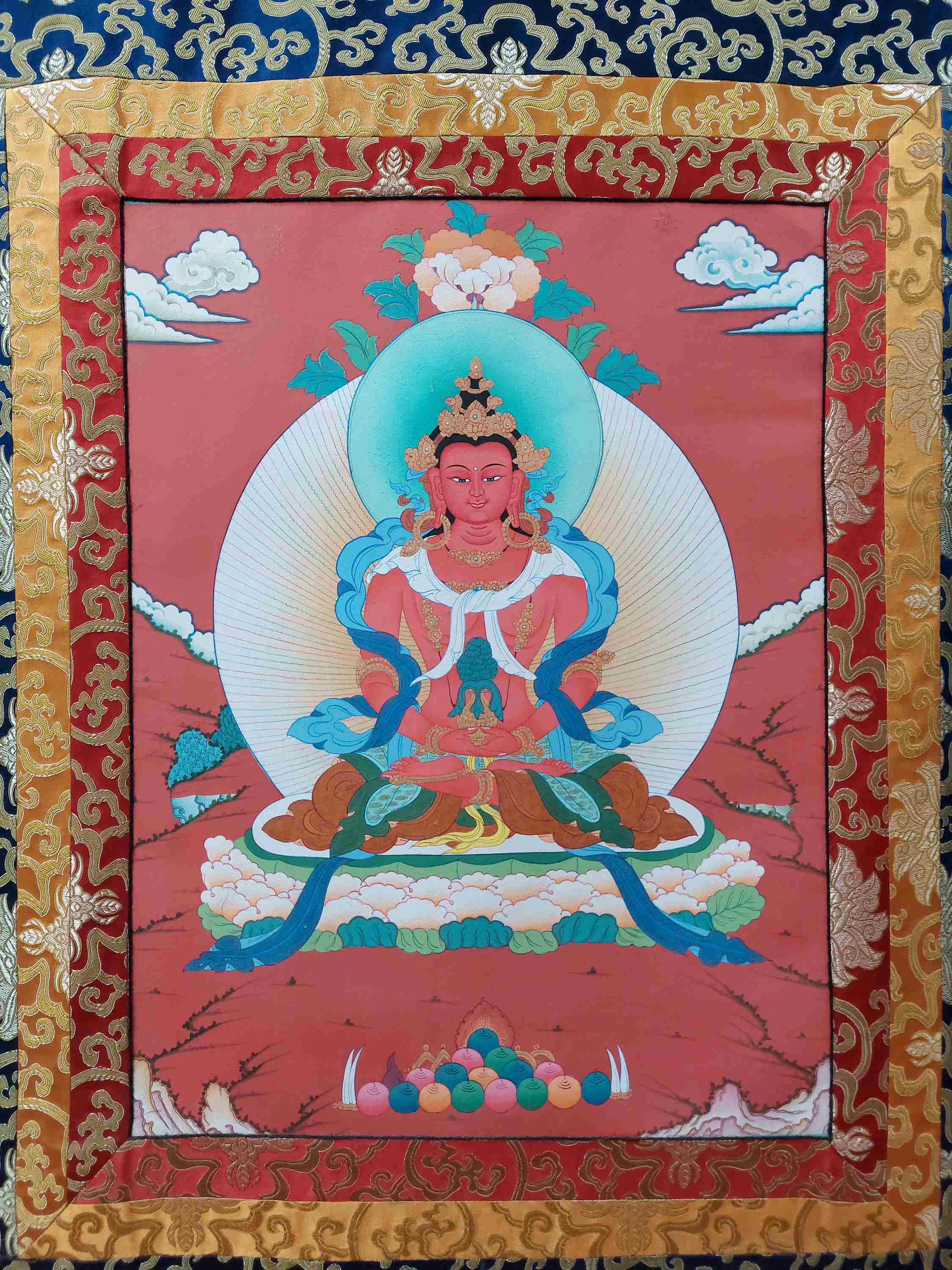 of Aparimita, Amitayus
of Aparimita, Amitayus 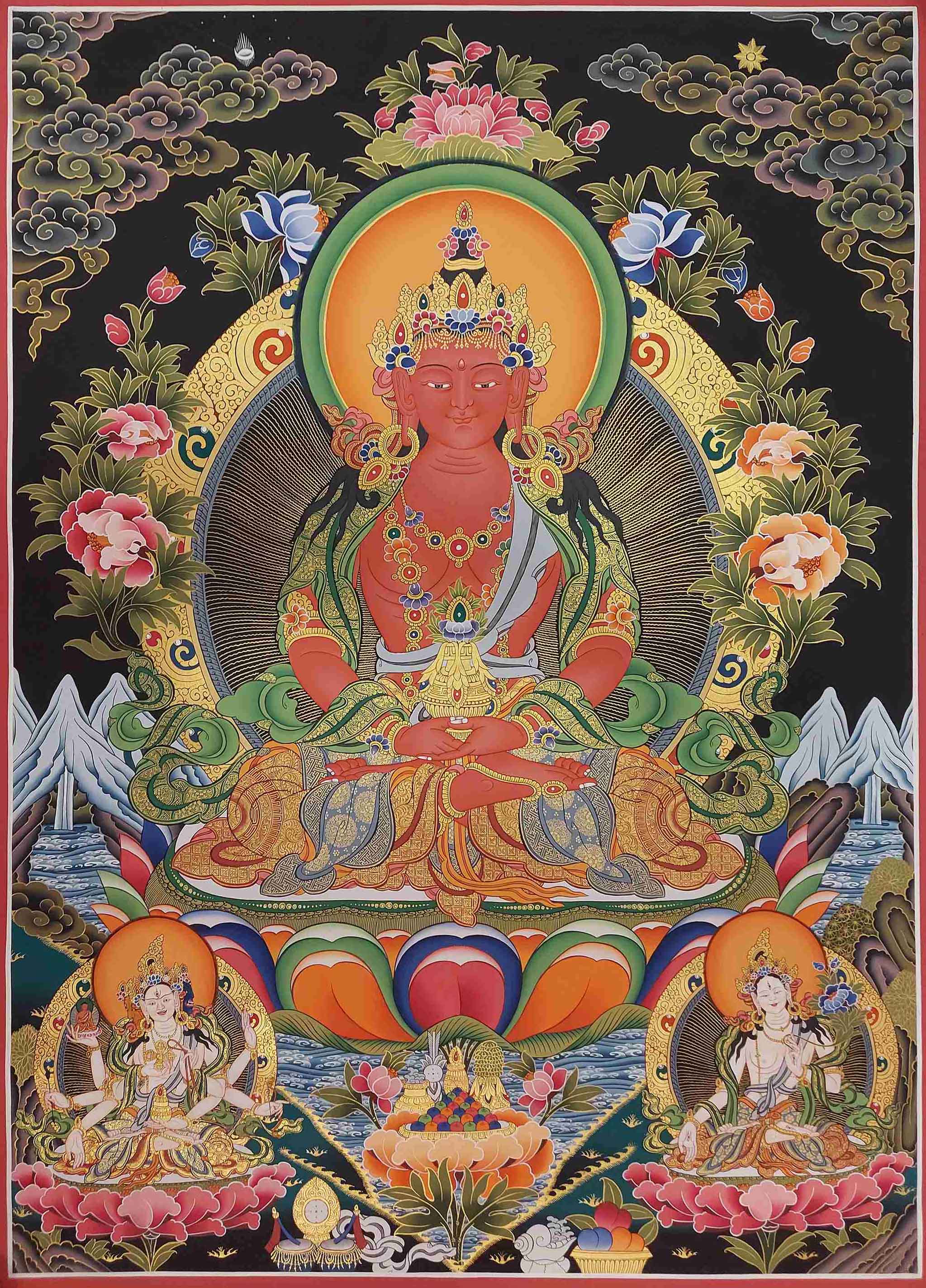 of Aparimita, Amitayus,
of Aparimita, Amitayus, 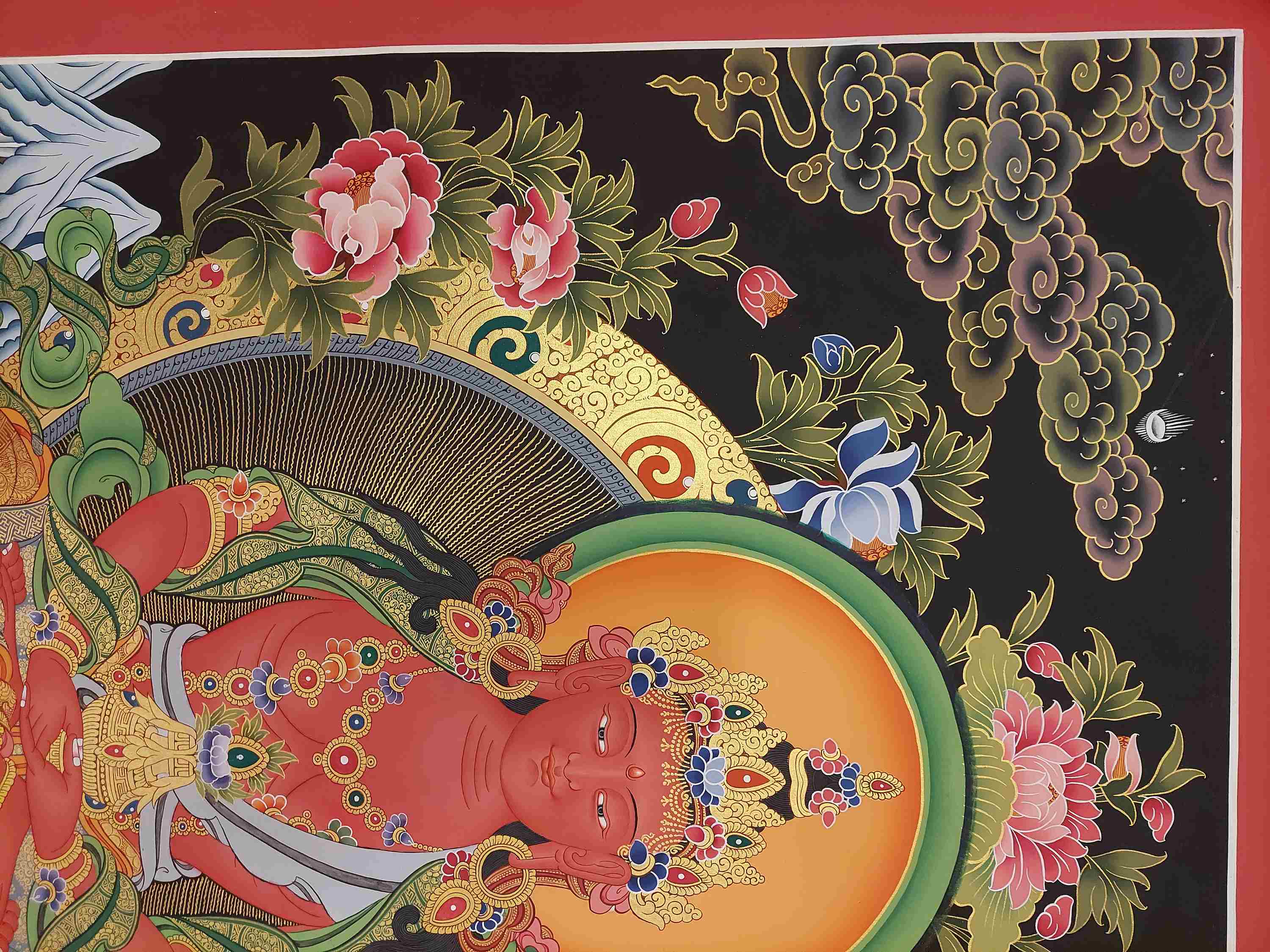 of Aparimita, Amitayus,
of Aparimita, Amitayus, 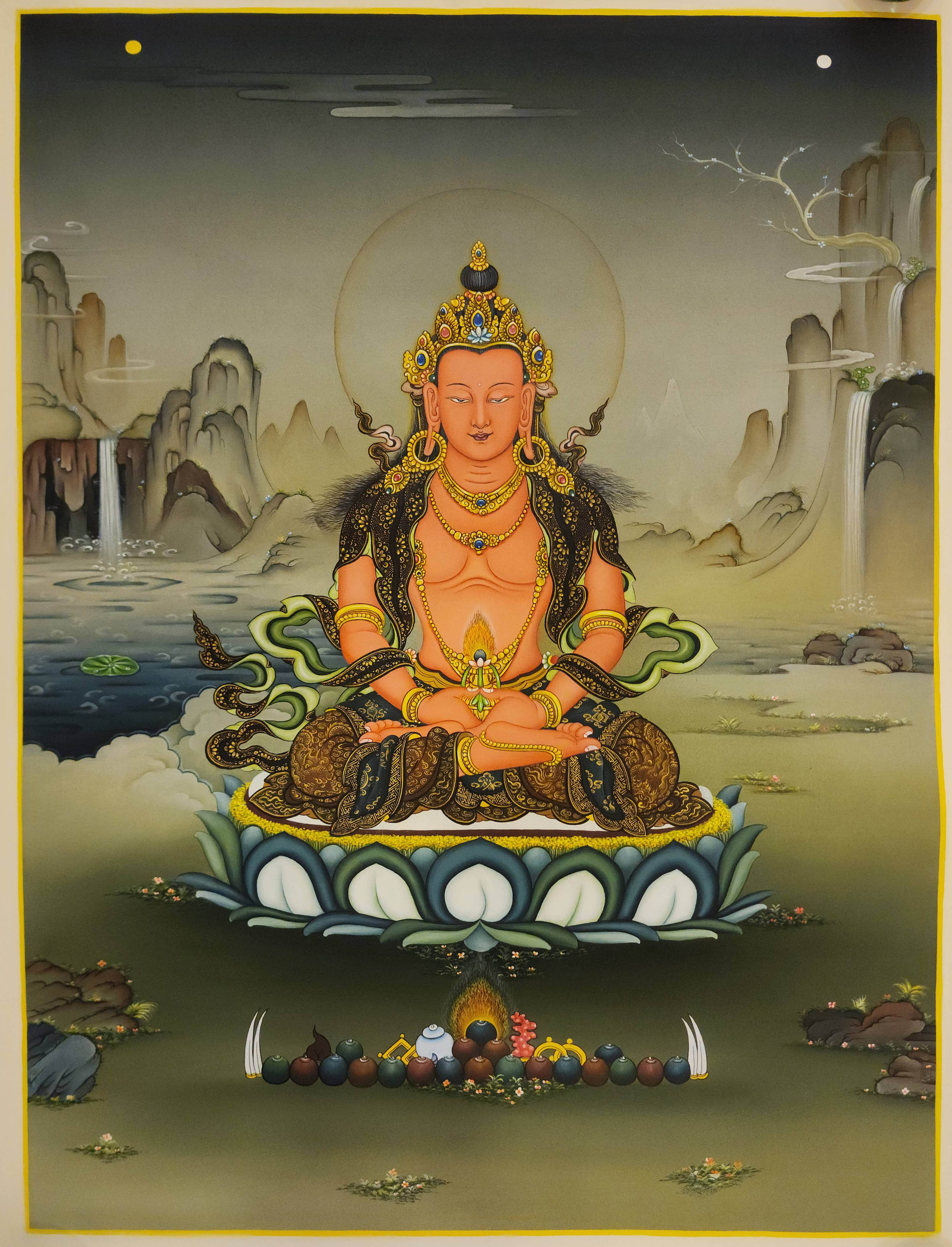 Master Quality, Buddhist Handmade Thangka Painting, Karma Gadri Art, Amitayus, Chepame" title="Aparimita,
Master Quality, Buddhist Handmade Thangka Painting, Karma Gadri Art, Amitayus, Chepame" title="Aparimita, 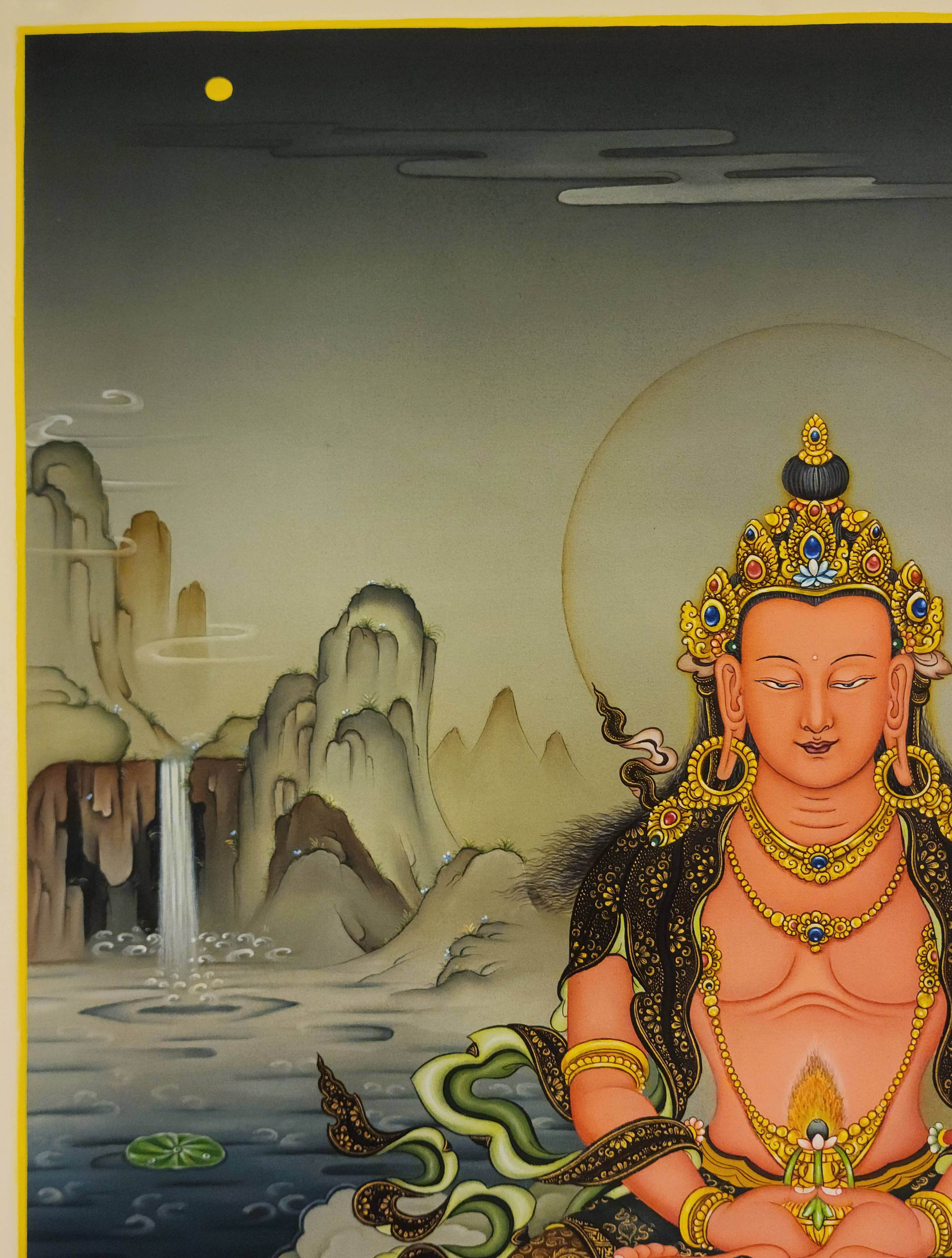 Master Quality, Buddhist Handmade Thangka Painting, Karma Gadri Art, Amitayus, Chepame" title="Aparimita,
Master Quality, Buddhist Handmade Thangka Painting, Karma Gadri Art, Amitayus, Chepame" title="Aparimita, 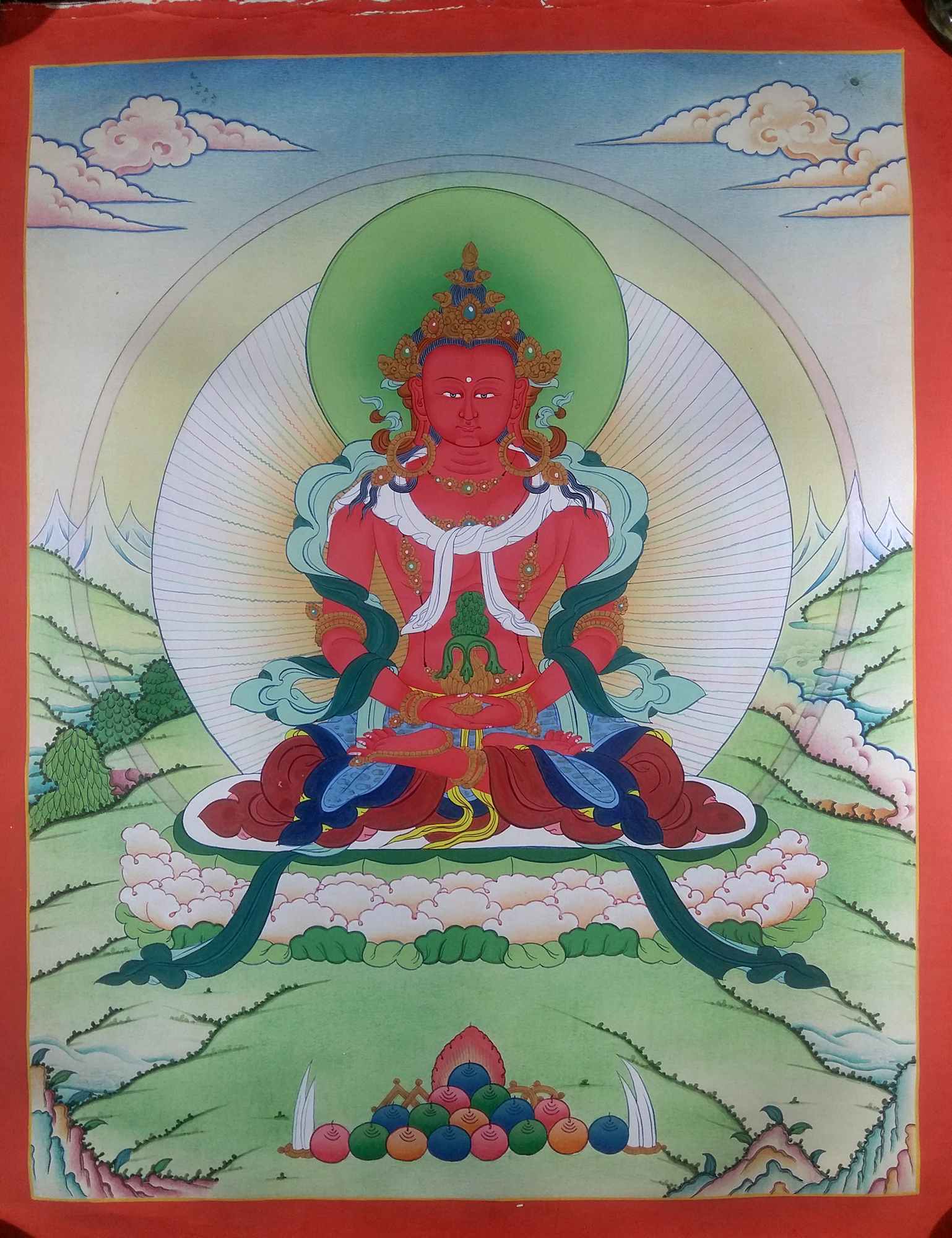 Amitayus,
Amitayus, 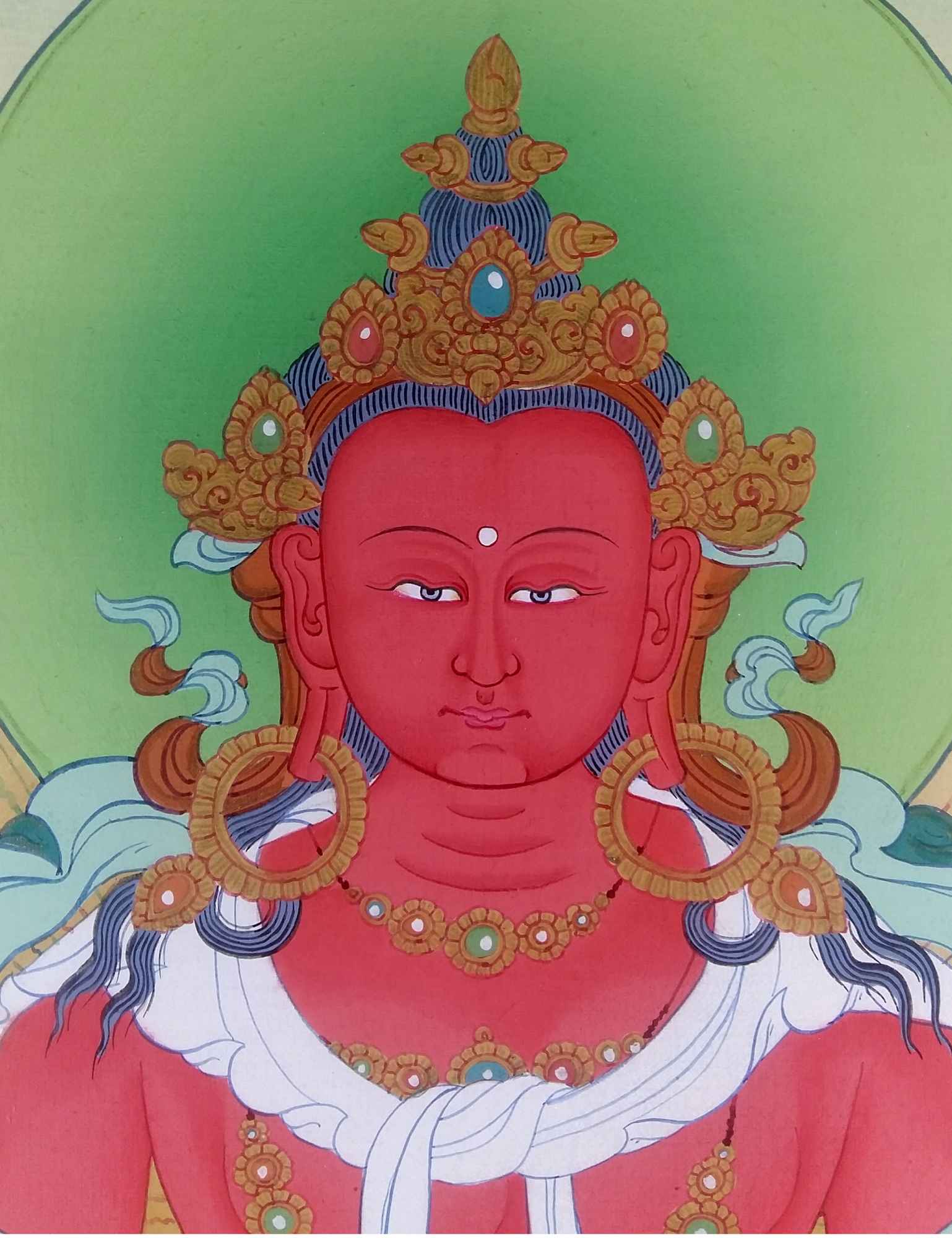 Amitayus,
Amitayus, 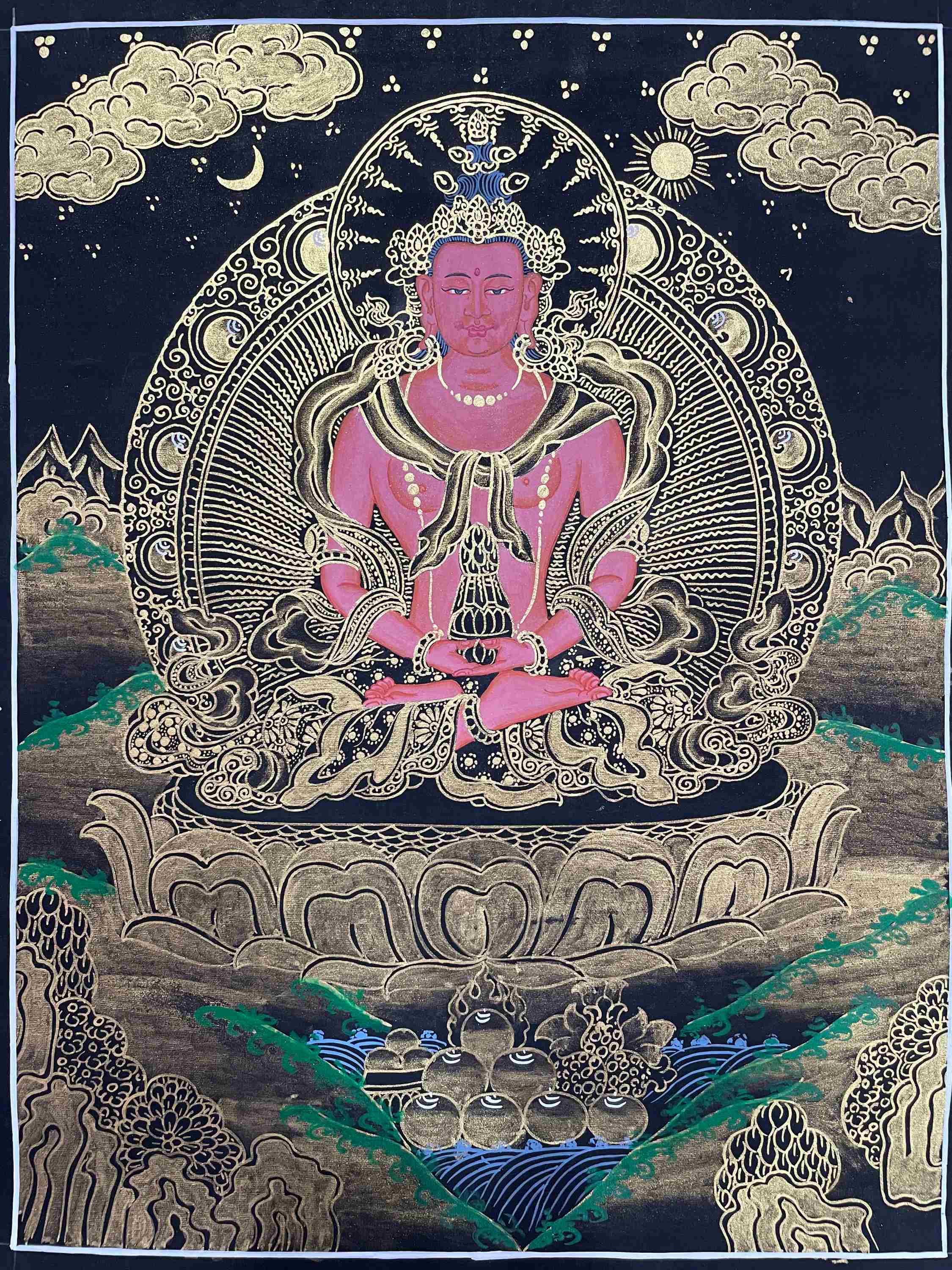 of Aparimita, Amitayus,
of Aparimita, Amitayus, 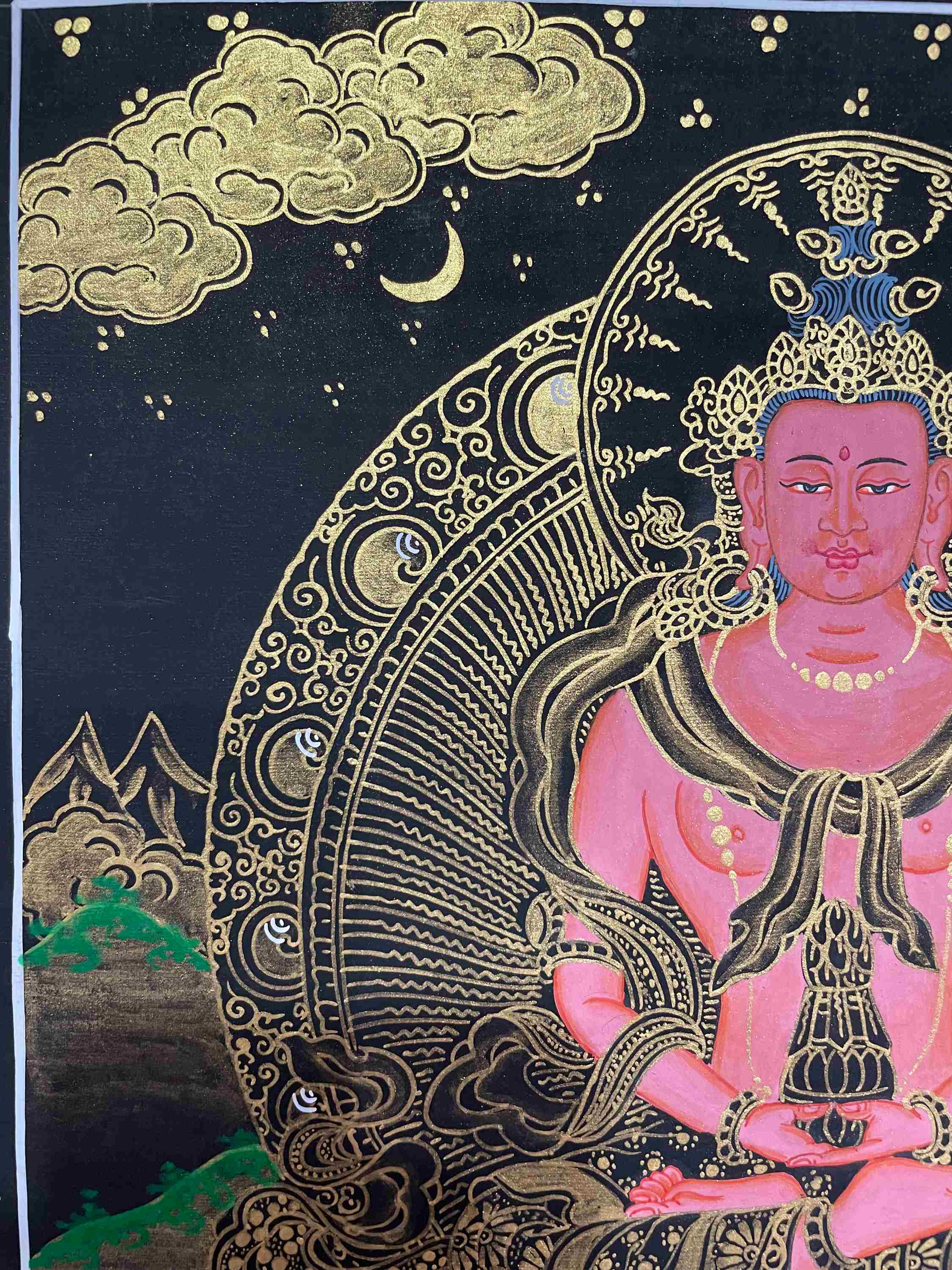 of Aparimita, Amitayus,
of Aparimita, Amitayus, 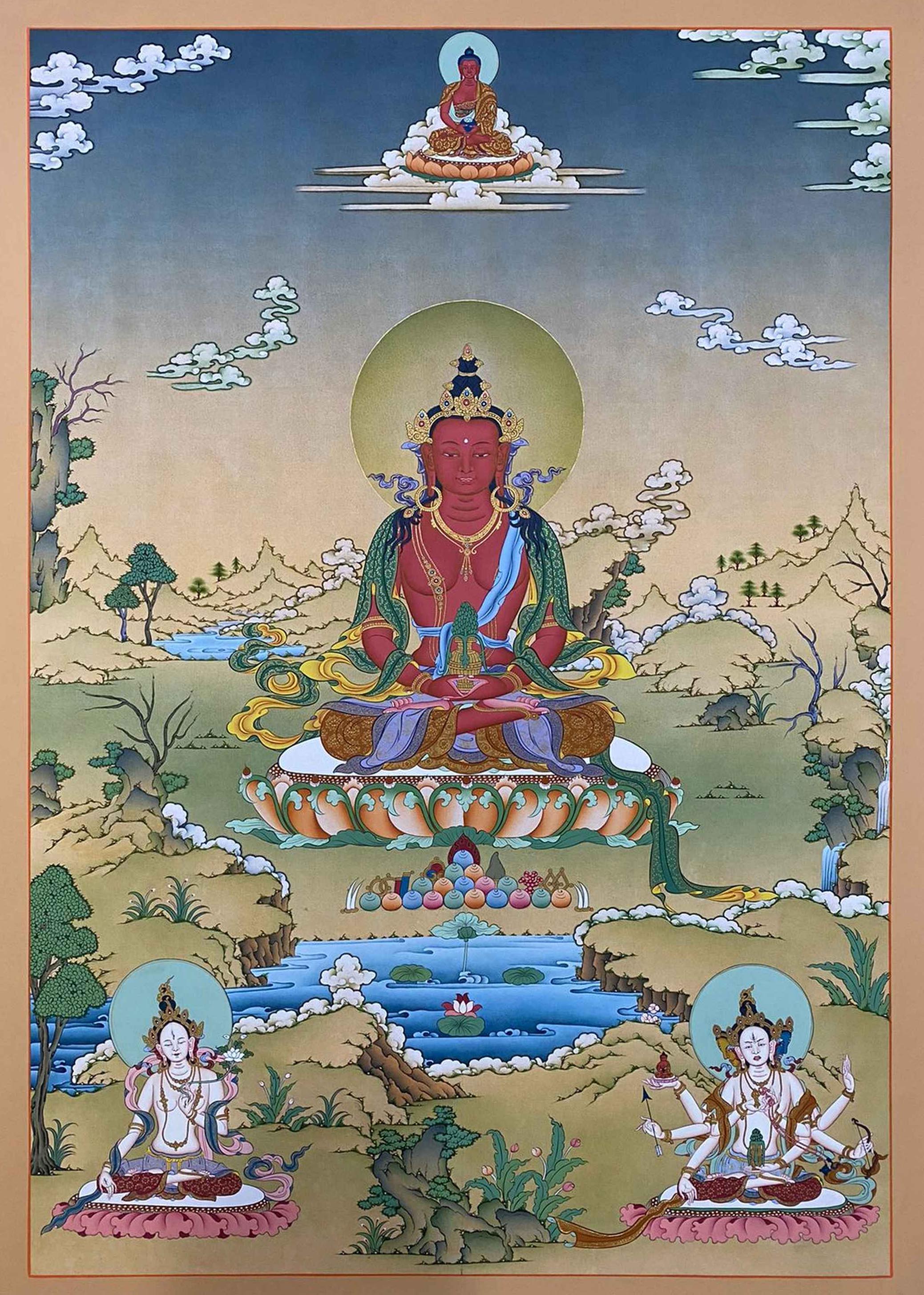 Karma Gardri Style, Buddhist Handmade Thangka
Karma Gardri Style, Buddhist Handmade Thangka 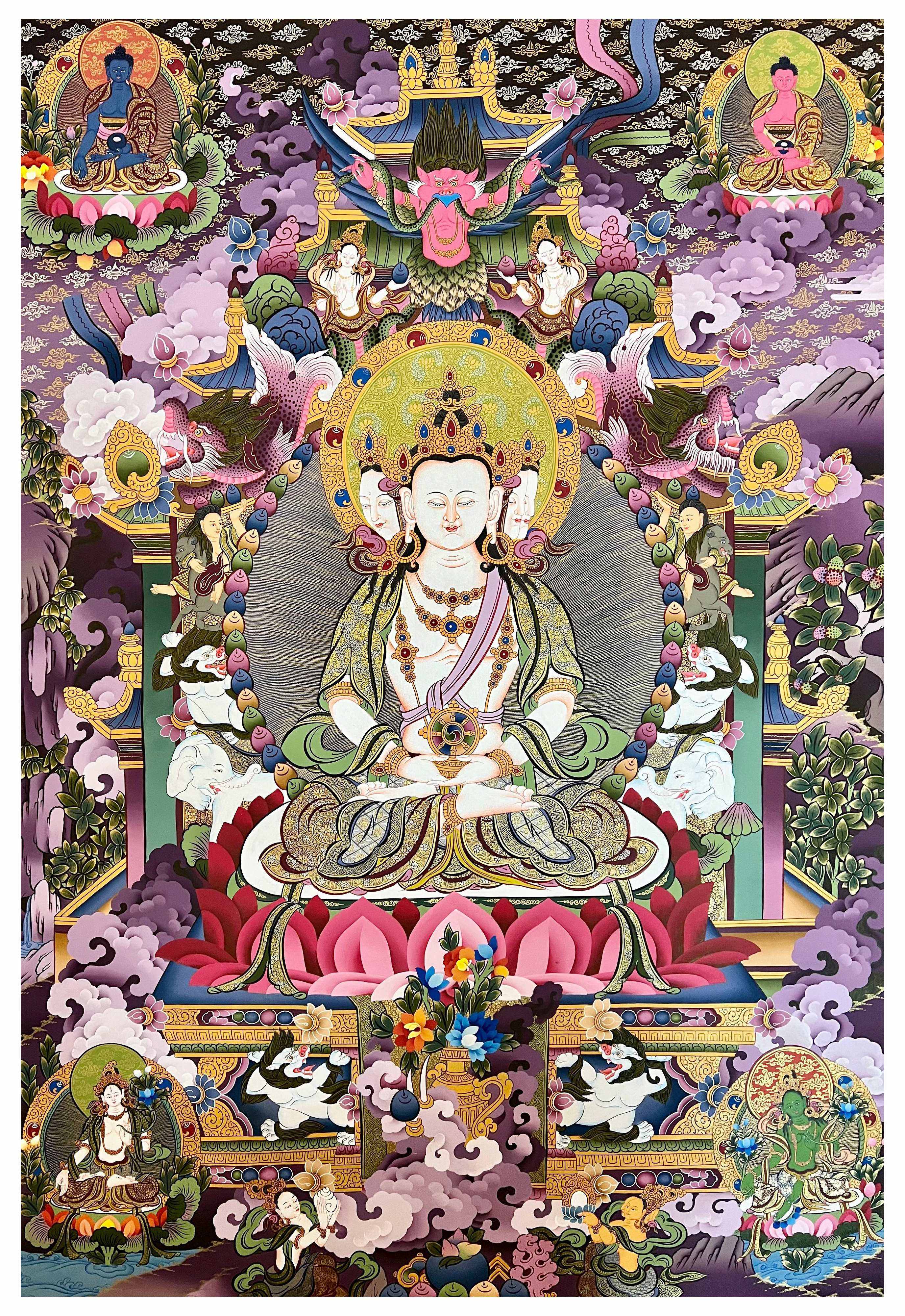 Real Gold" title="Maha Vairochana Thangka, Tibetan Buddhist Art, Hand Painted,
Real Gold" title="Maha Vairochana Thangka, Tibetan Buddhist Art, Hand Painted, 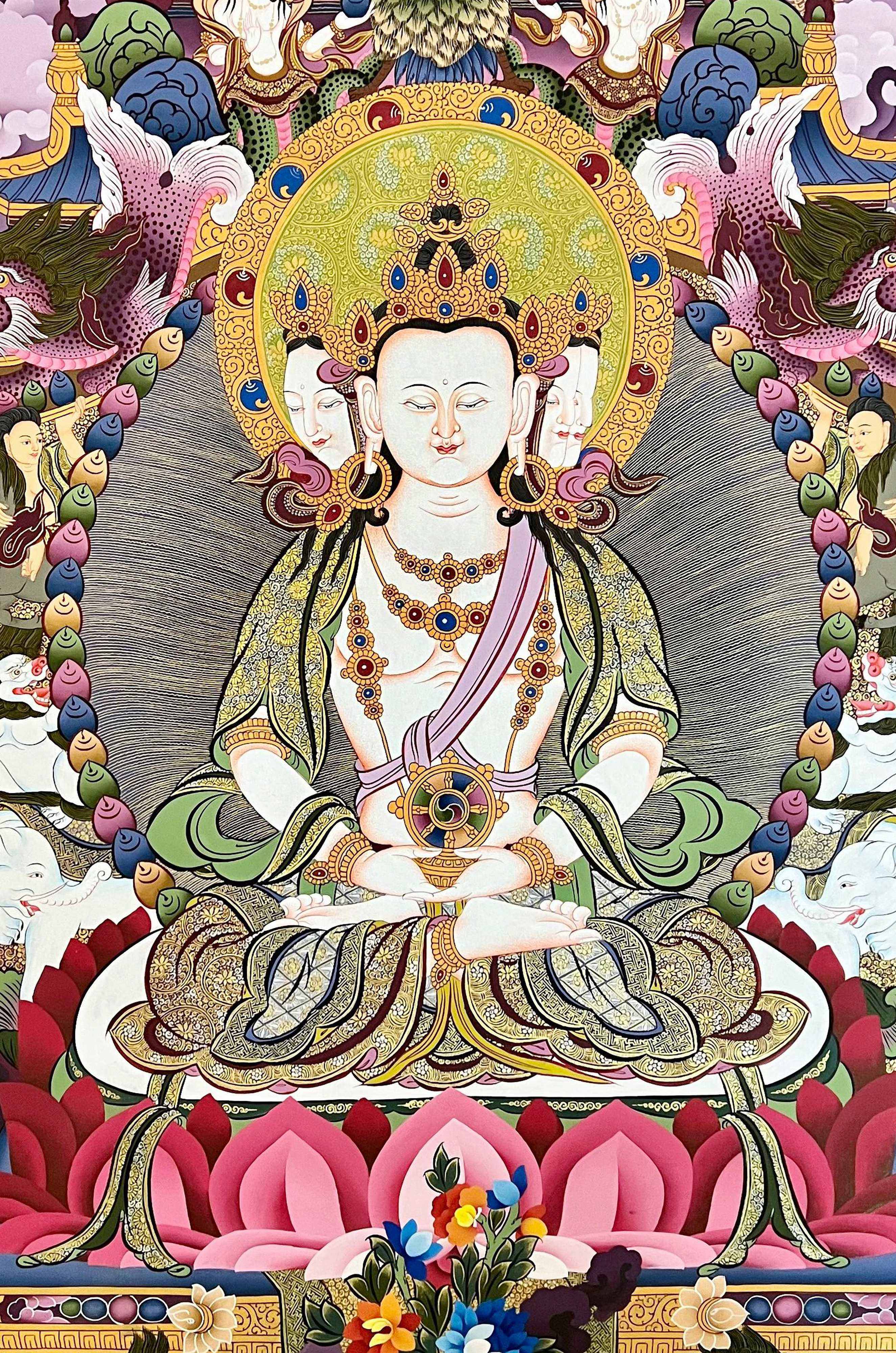 Real Gold" title="Maha Vairochana Thangka, Tibetan Buddhist Art, Hand Painted,
Real Gold" title="Maha Vairochana Thangka, Tibetan Buddhist Art, Hand Painted, 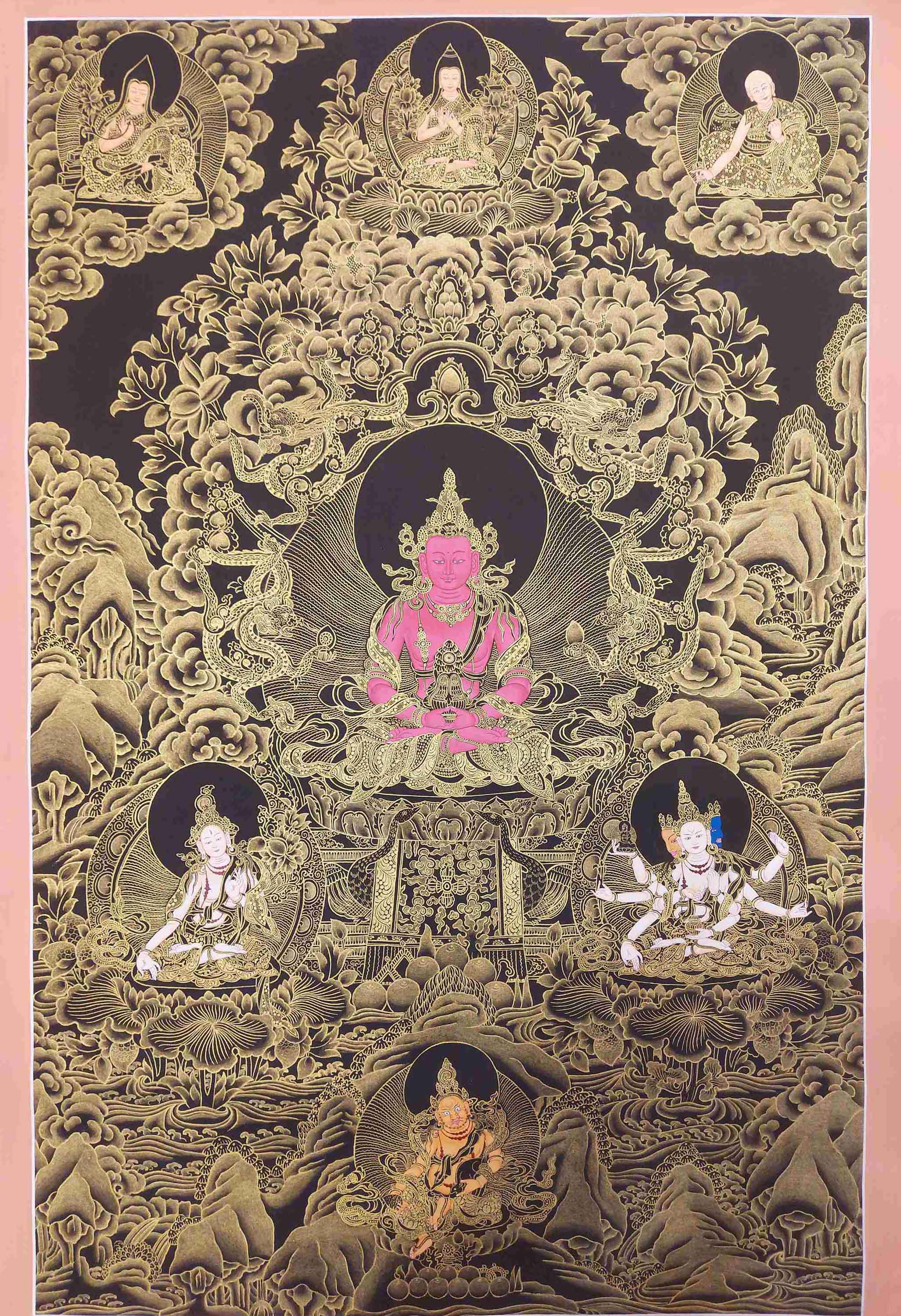 of Aparimita Amitayus, Surrounded By Tsongkhapa, White Tara, Namgyalma,
of Aparimita Amitayus, Surrounded By Tsongkhapa, White Tara, Namgyalma, 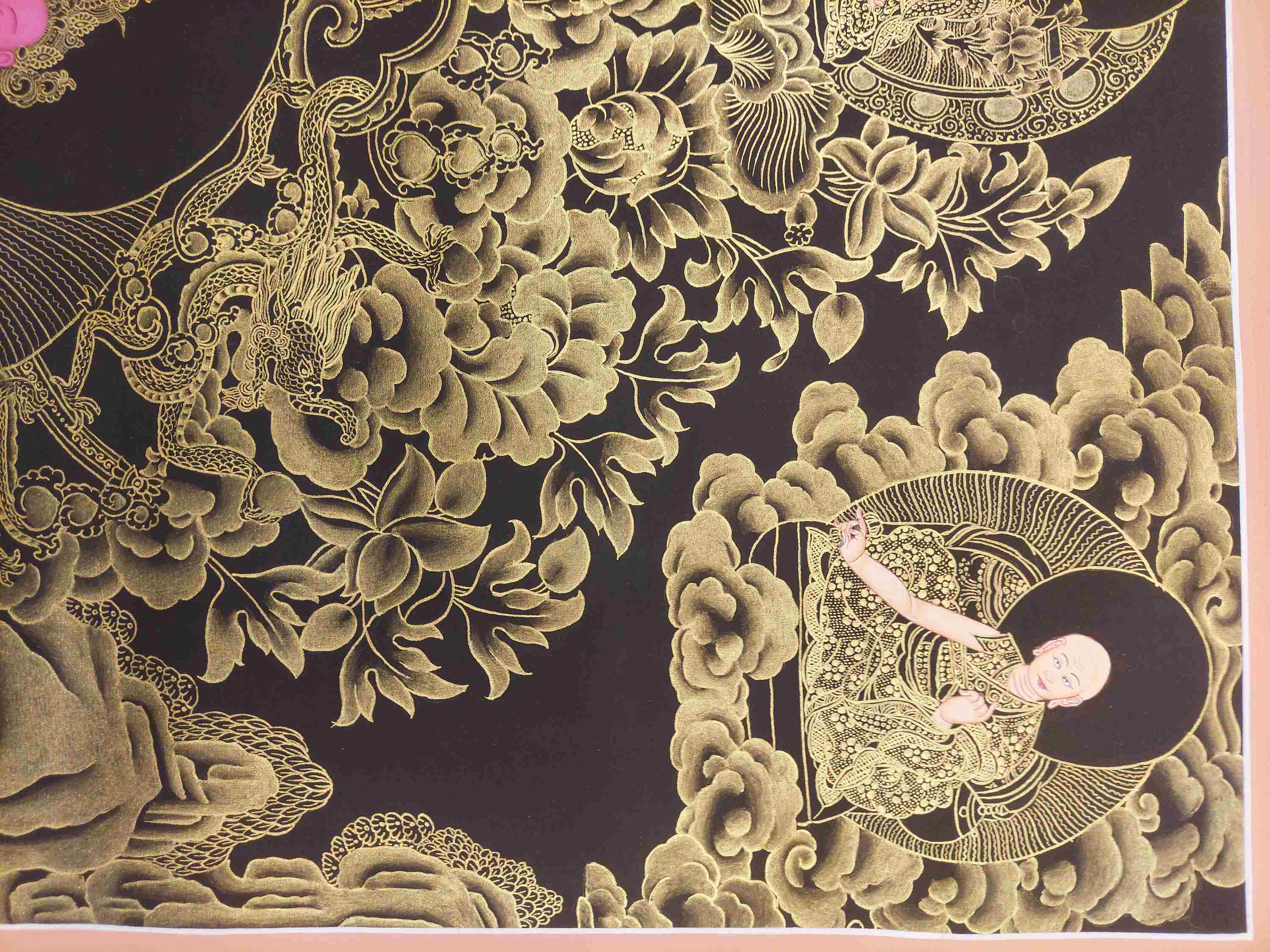 of Aparimita Amitayus, Surrounded By Tsongkhapa, White Tara, Namgyalma,
of Aparimita Amitayus, Surrounded By Tsongkhapa, White Tara, Namgyalma, 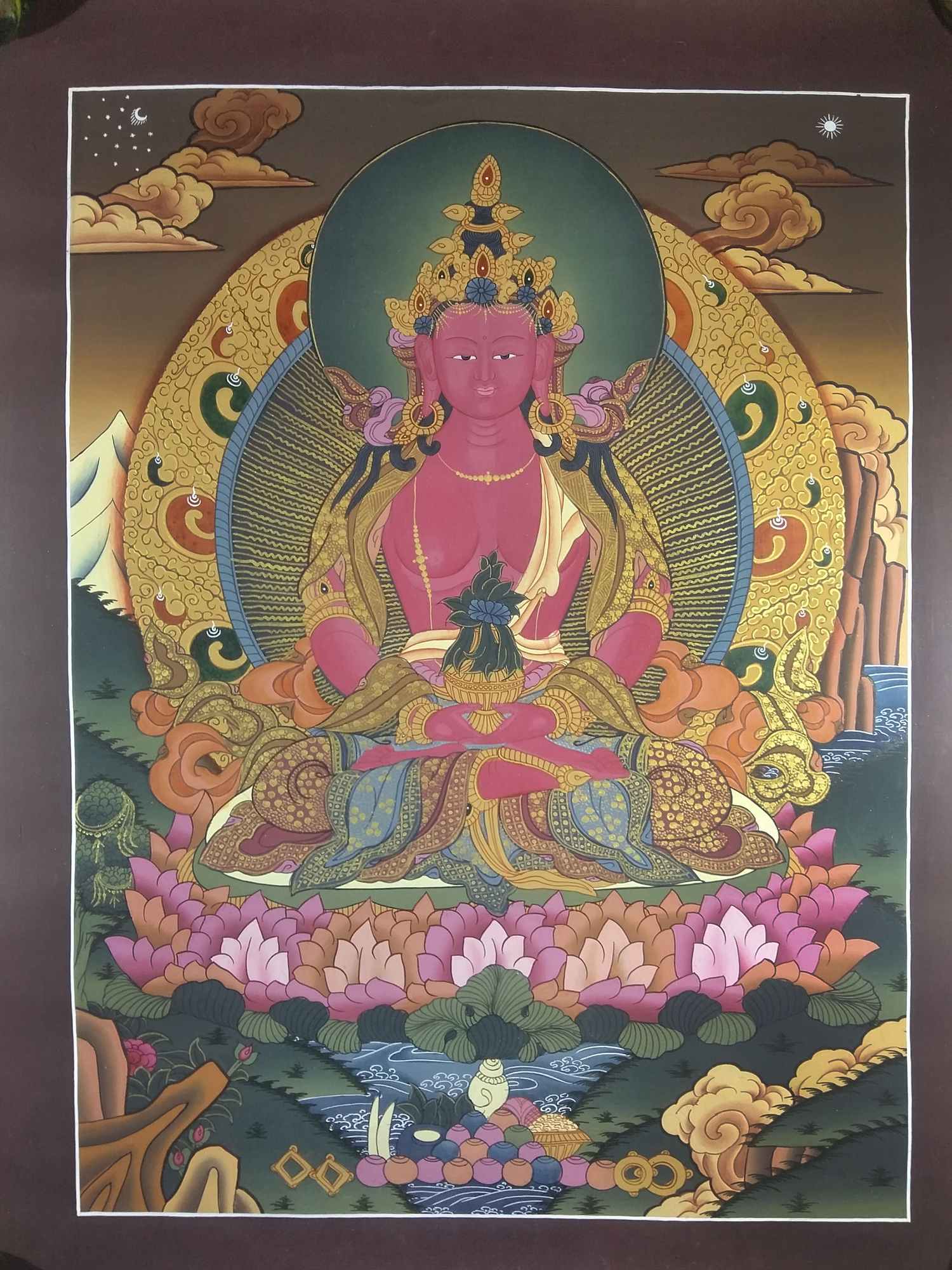 of Aparimita
of Aparimita 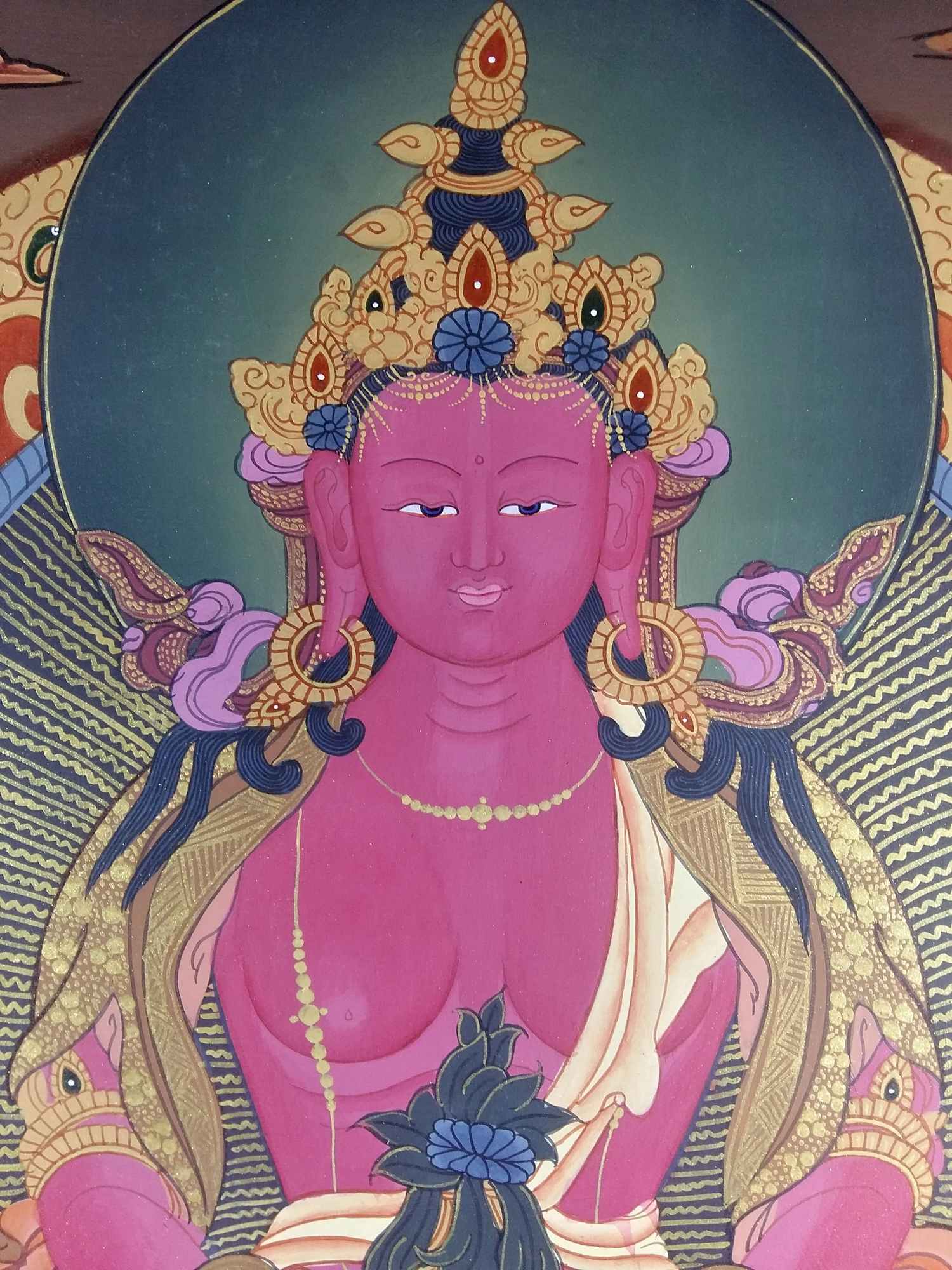 of Aparimita
of Aparimita 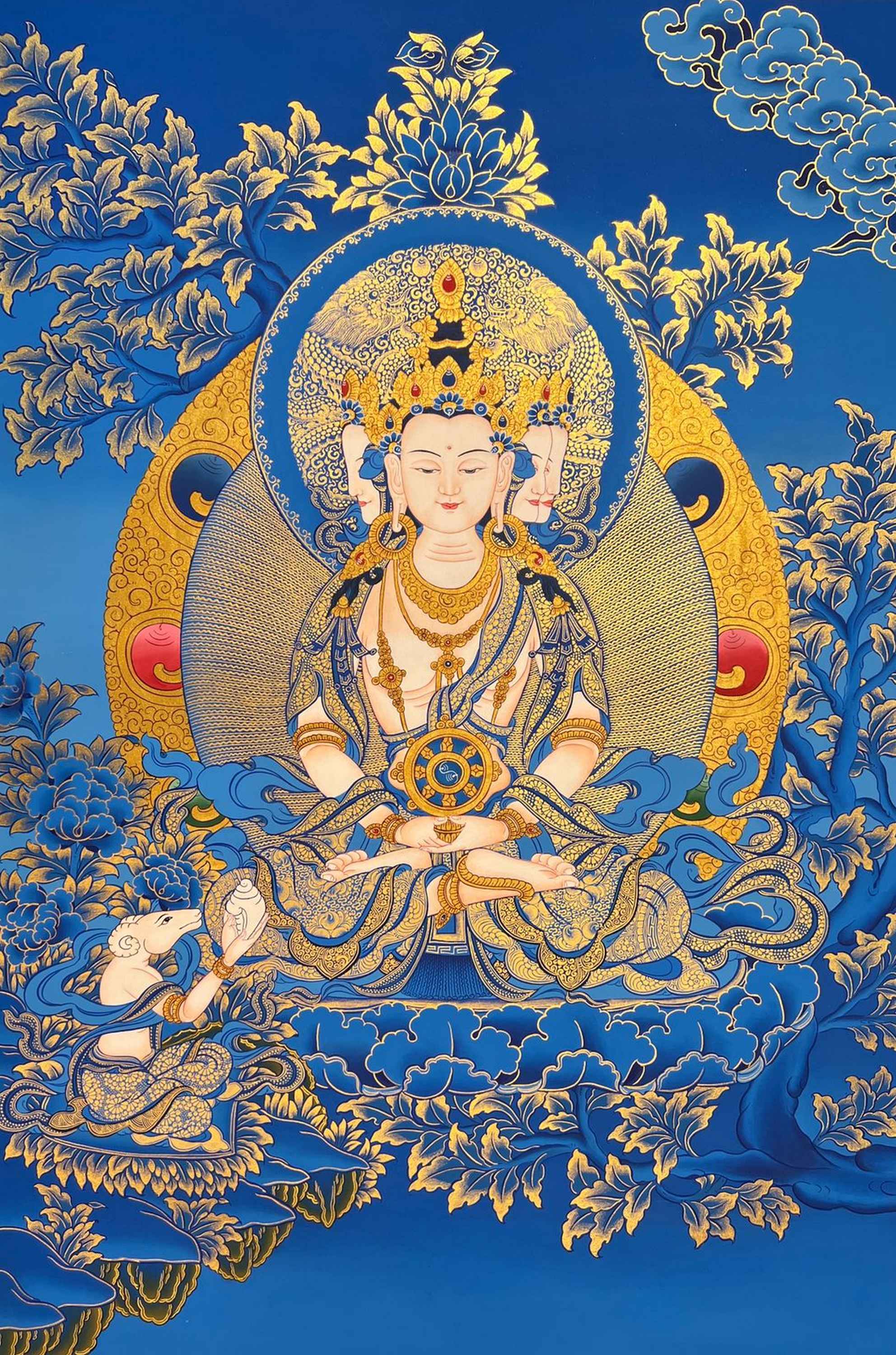 of Maha Vairochana, Amitayus,
of Maha Vairochana, Amitayus,